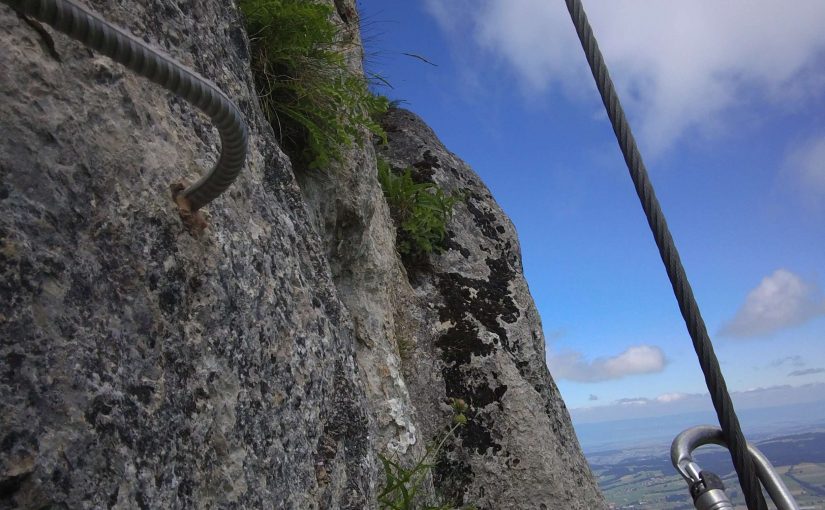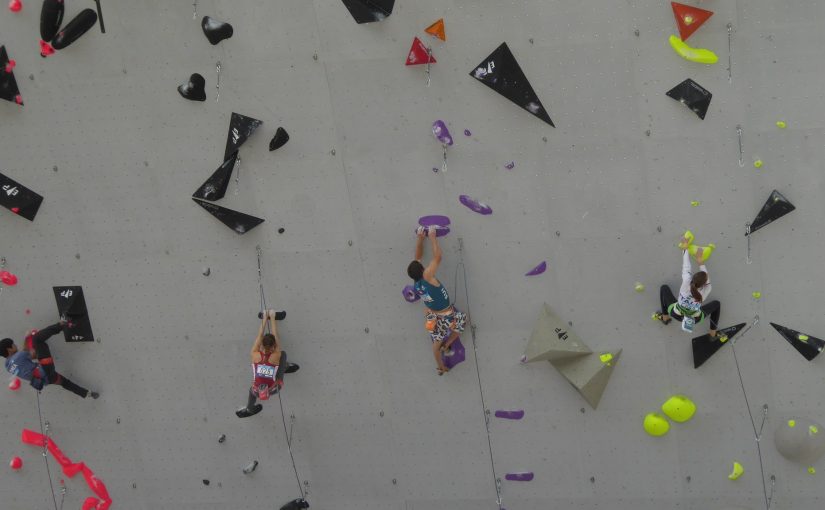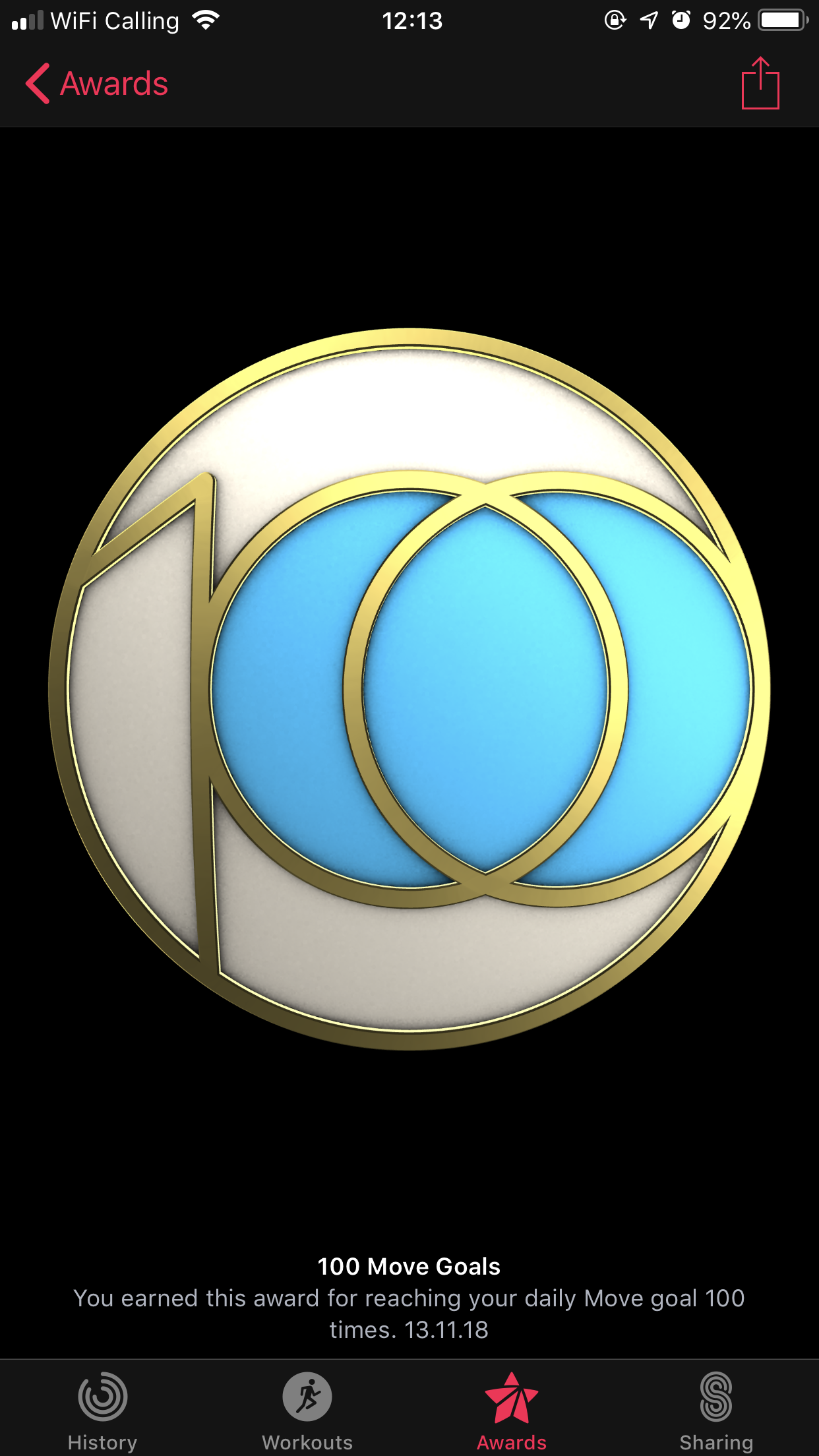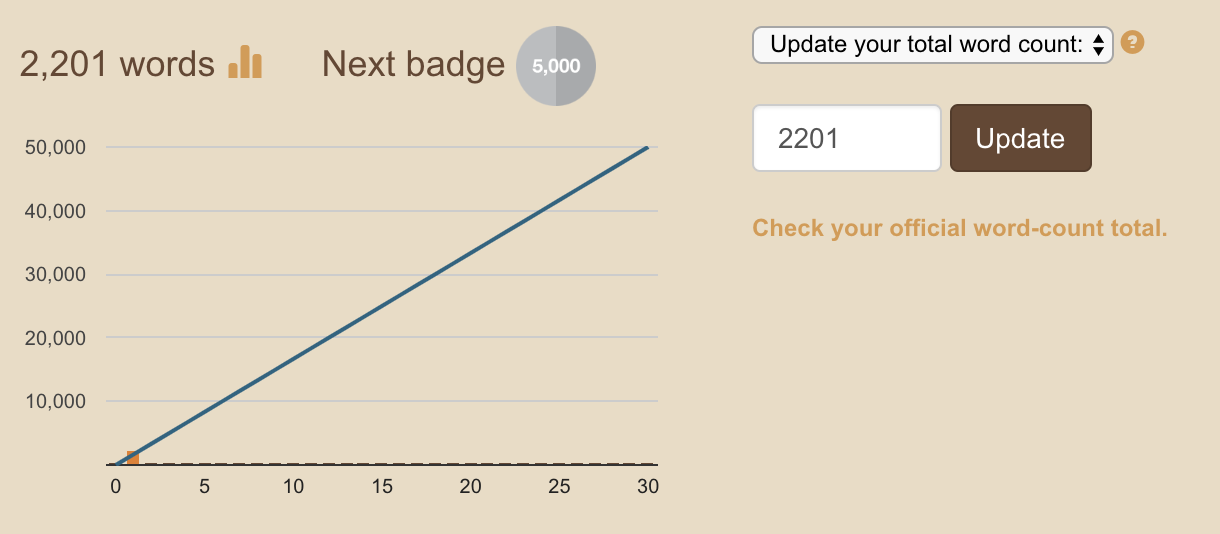Month: November 2018
-

The Klettersteig Rider 3.0
Reading Time: < 1 minuteThe Klettersteig Rider 3.0 is a dual system via ferrata kit. It has a carabiner like standard via ferrata kits have and a “rider” system. The “rider” system fixes to the via ferrata cable and progresses with you. As you get to a part where you need to switch you move…
-

Documenting climbing feats
Reading Time: 2 minutesDocumenting climbing feats is an interesting challenge because you deal with issues of accessibility, projects that can last for months or even years and in some cases you’re dealing with the prospect of the climber understanding the problem, and then achieving his goal. For two or three years I really explored ideas…
-
The Dawn Wall film
Reading Time: 3 minutesOne of the reasons for which this film is so powerful is that it’s written in the way that Heinrich Harrer wrote about the Eiger. It’s documenting not just a single attempt but the entire process. In doing so we get to know the people well. It gives us some context about…
-

100 Move Day Goals reached
Reading Time: 2 minutesI have 100 move day goals reached. The difficulty of this goal depends on how high you set the bar. If you set the bar at two hundred calories a day then the goal is easy to achieve. If you set the goal at 500 or 600 calories then the achievement is…
-

The Zwift Everest Challenge
Reading Time: 3 minutesThis summer I climbed over 8848 metres in a single month and now I have just completed the Zwift Everest challenge as well. This challenge, on Zwift, is much easier than in the real world because you are not carrying water, the weight of your bike, dealing with keeping yourself balanced on…
-
Sport, the nicest of meetings
Reading Time: < 1 minuteTranslated from French, Sport the nicest of meetings reminds me of the legend that is told in Il Nuovo Cinema Paradiso. In Il Nuovo Cinema Paradiso we hear about the guy who waits outside a woman’s window for one hundred days and nights to show his devotion to her, and in…
-

2018 Nanowrimo attempt
Reading Time: 2 minutesAs an introvert, I have a tendency to listen and daydream rather than talk. It is for this reason that the Nanowrimo challenge is an interesting one. It encourages me to be verbose, to use more words than I would usually use. It also forces me to find 1667 words of inspiration…
